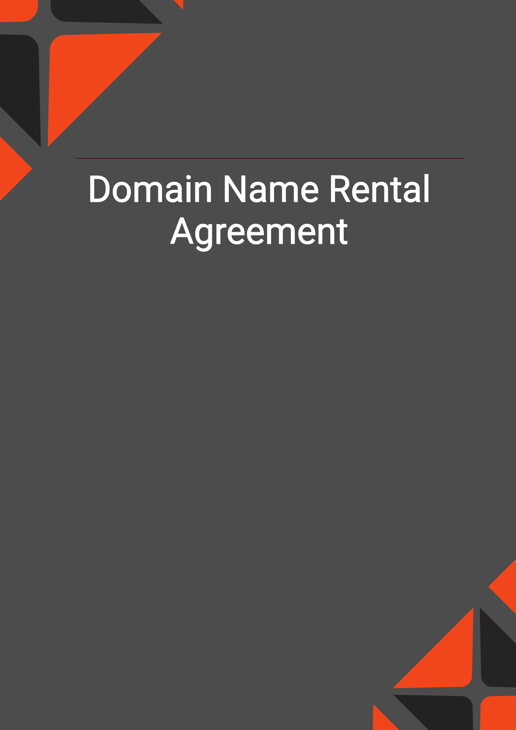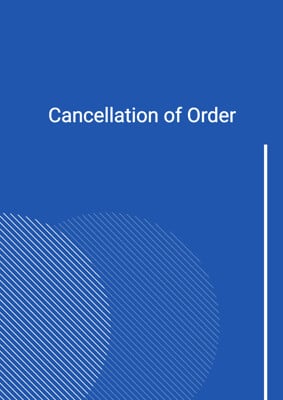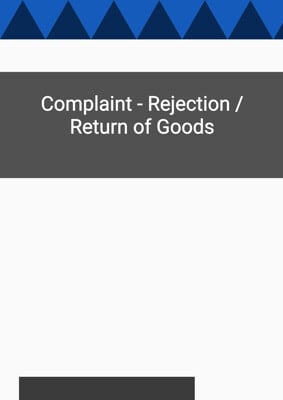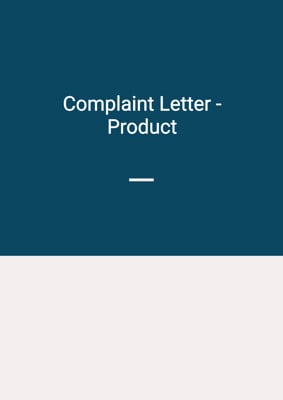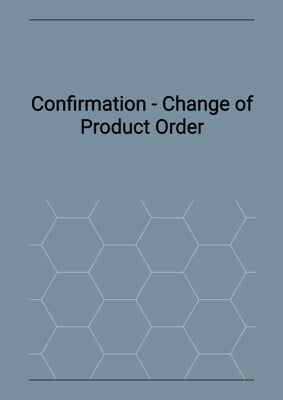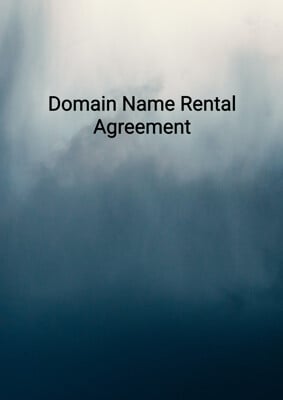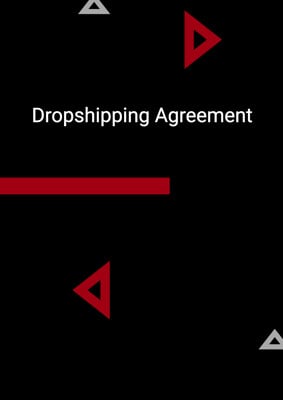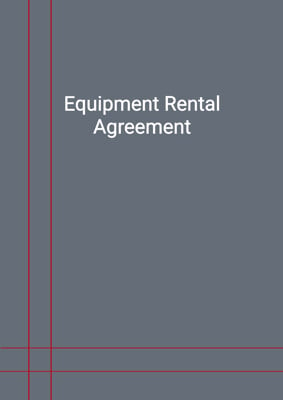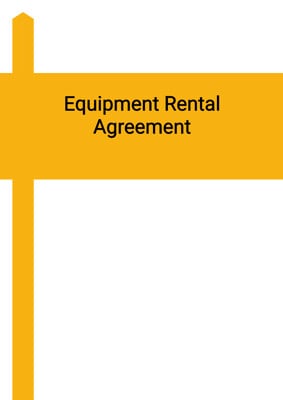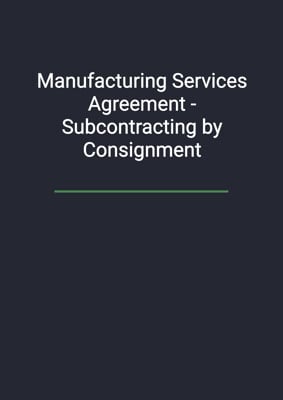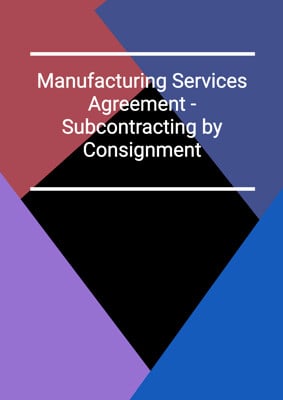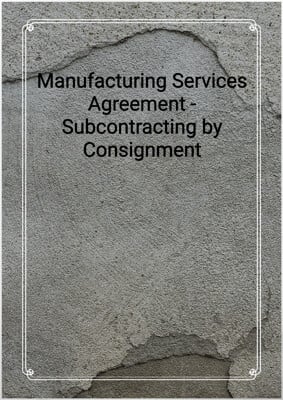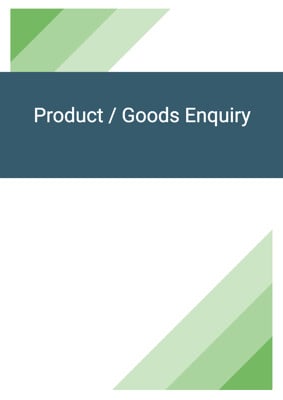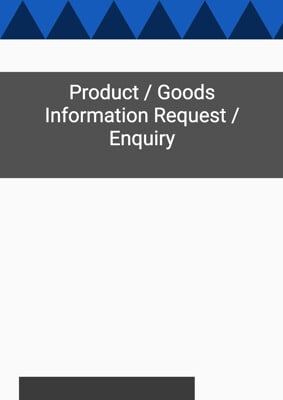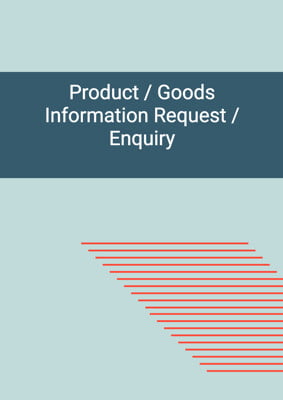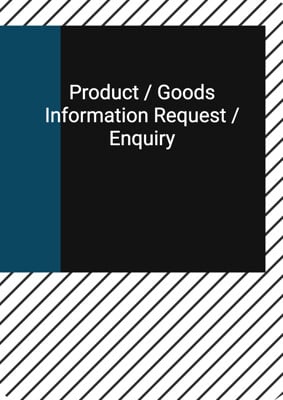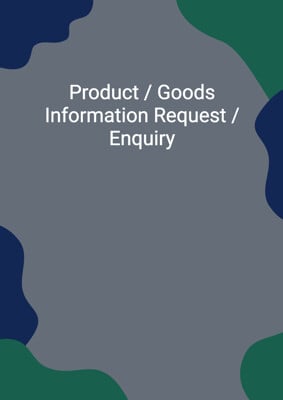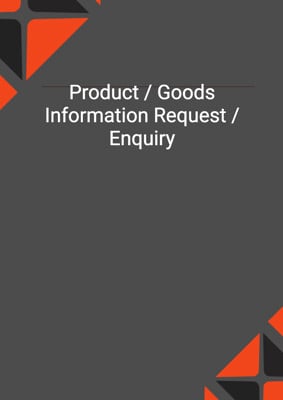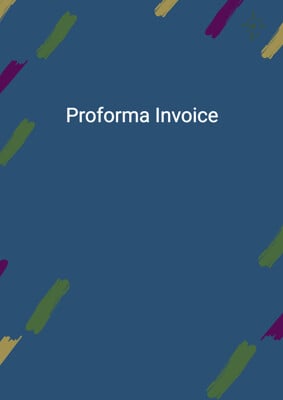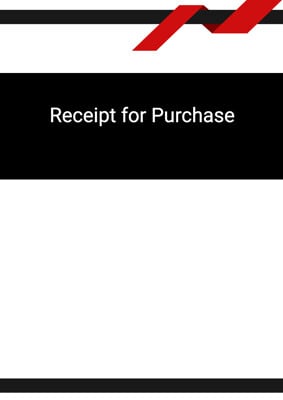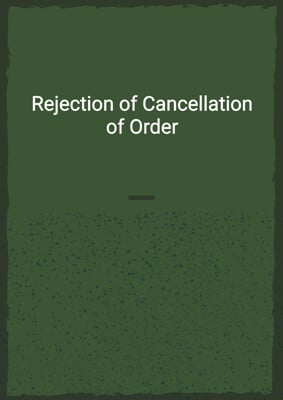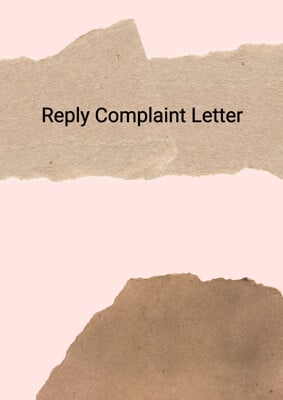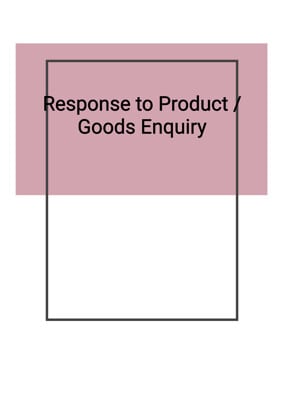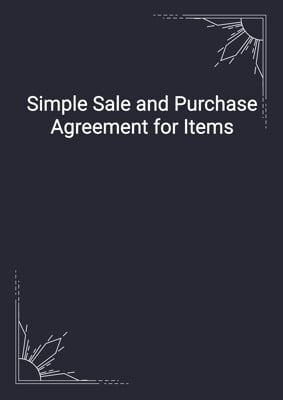How to Tailor the Document for Your Need?
01
Create Document
Fill in the details of the parties. You can click the "Fill with Member’s Information" button to complete it with information saved to your account.
02
Fill Information
Please fill in any additional information by following the step-by-step guide on the left hand side of the preview document and click the "Next" button.
03
Get Document
When you are done, click the "Get Document" button and you can download the document in Word or PDF format.
04
Review Document
Please get all parties to review the document carefully and make any final modifications to ensure that the details are correct before signing the document.
Document Preview
Document Description
The Domain Name Rental Agreement is a legal document that outlines the terms and conditions for leasing a domain name. It is important because it establishes the rights and responsibilities of both the lessor (the owner of the domain name) and the lessee (the party leasing the domain name). The agreement begins with a brief introduction, stating that the lessor owns the domain name and the lessee desires to lease it for a specific purpose. The agreement is then divided into several sections, each addressing different aspects of the lease.
Section 1, titled 'Lease', states that the lessor is leasing the domain name to the lessee for a specified term and rent. It also clarifies that the domain name remains the property of the lessor throughout the lease.
Section 2, titled 'Rent', outlines the details of the rent payment, including the amount, frequency, and due date. It also mentions the consequences of non-payment, such as daily interest charges and the lessor's right to terminate the agreement.
Section 3, titled 'Deposit', explains the requirement of a deposit and the conditions under which it may be retained or refunded.
Section 4, titled 'Warranties and Disclaimer', includes the lessor's warranties regarding the right to lease the domain name and its valid registration. It also disclaims any other warranties, except as provided by the lessor.
Section 5, titled 'Lessor's Responsibilities', outlines the lessor's responsibilities, such as paying registration fees and transferring the domain name to the lessee within an agreed timeframe.
Section 6, titled 'Lessee's Responsibilities', lists the lessee's obligations, including prompt payment of rent and deposit, compliant use of the domain name, and indemnification of the lessor.
Section 6a, titled 'Purchase Option', mentions the lessee's option to purchase the domain name at the end of the lease term, subject to mutual agreement.
Section 7, titled 'Termination of the Lease', specifies the circumstances under which the lessor can terminate the lease, such as non-payment or breach of the agreement.
Section 8, titled 'Notices and Service', explains the methods and timing of delivering notices between the parties.
Section 9, titled 'Miscellaneous', includes general provisions, such as the entire agreement clause, severability, waiver, and the forfeiture of the deposit.
Section 10, titled 'No Rights under Contracts for Third Parties', clarifies that third parties have no right to enforce the terms of the agreement.
Section 11, titled 'Law and Jurisdiction', states that the agreement is governed by the laws of the applicable jurisdiction state and that any disputes shall be resolved in the courts of that state.
The agreement concludes with the signatures of the authorized representatives of both parties.
How to use this document?
To use the Domain Name Rental Agreement, follow these steps:
1. Review the agreement: Read the entire agreement carefully to understand its terms and conditions.
2. Fill in the parties' information: Enter the names and addresses of both the lessor and the lessee in the designated sections.
3. Specify the purpose of the lease: Clearly state the purpose for which the lessee intends to use the domain name.
4. Determine the lease term and rent: Agree on the duration of the lease and the amount of rent to be paid. Specify the start and end dates of the lease.
5. Determine the payment schedule: Decide on the frequency of rent payments and the due date for each payment. Ensure that the first payment is made on or before the commencement date.
6. Understand the consequences of non-payment: Be aware that non-payment of rent may result in daily interest charges and the lessor's right to terminate the agreement.
7. Provide a deposit: Pay the required deposit within one business day after signing the agreement. Understand that the deposit may be forfeited or partially retained in case of lease termination or breach.
8. Review the warranties and disclaimer: Note the lessor's warranties regarding the right to lease the domain name and the disclaimer of other warranties.
9. Understand the lessor's responsibilities: Know that the lessor is responsible for paying registration fees and transferring the domain name within the agreed timeframe.
10. Fulfill the lessee's responsibilities: Ensure prompt payment of rent and deposit, compliant use of the domain name, and indemnification of the lessor.
11. Consider the purchase option: If interested in purchasing the domain name at the end of the lease term, provide written notice to the lessor at least 30 days before the term's expiration.
12. Be aware of termination conditions: Understand the circumstances under which the lessor can terminate the lease, such as non-payment or breach of the agreement.
13. Follow the notice and service requirements: Deliver any notices by hand, email, or post, following the specified timelines.
14. Keep a copy of the agreement: Retain a copy of the signed agreement for future reference and record-keeping.
Note: This guidance provides a general overview and does not constitute legal advice. It is recommended to consult with a legal professional to ensure compliance with applicable laws and regulations.
Not the right document?
Don’t worry, we have thousands of documents for you to choose from:
